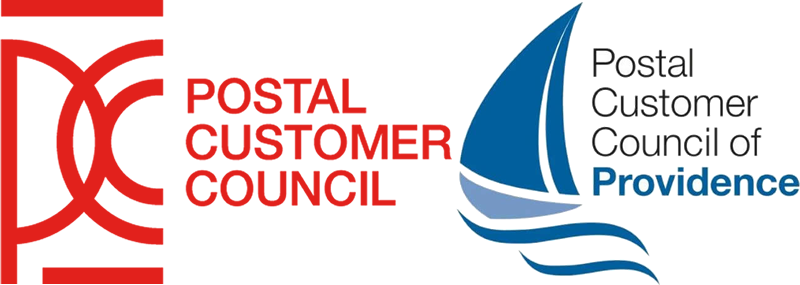Did you ever take something apart as a kid, just to see how it would work? Then you’d put it back together again—and notice that you had an extra part of two on the floor? Whatever it was you took apart didn’t work right anymore, and the “extra” part on the ground didn’t do much by itself.
Direct mail marketing today is a bit like that. It’s an integral component of your overall marketing strategy, but by itself its just not very effective. Why is that? Companies and organizations used to do stand-alone direct mail all the time—and it worked really well. They would mail something out and give recipients the option to send a response card back, call, or (when things got really hi-tech) fax a response. Then along came the Internet and everything changed. It wasn’t just the technology that changed—but how people do business changed. Direct mail can still get people to respond, but today they don’t necessarily respond with an order. They respond by seeking out more information. Direct mail is still effective as a means to generate response, but printing, postage, and mailing costs make it too expensive to use as a follow-up tool. And companies don’t have the personnel to man phone banks to deal with questions. That’s why smart companies and organizations integrate their direct mail efforts with their online efforts. They use mail as an effective means to get attention and generate interest and response—but that response needs to be directed back to the company’s website, and specifically to a unique landing page that offers exactly the right information. And what about nurturing the leads that are generated through direct mail? If there is a large response, it’s probably too expensive (not to mention time-consuming) to mail to everyone or to attempt to contact them by phone. That’s where a well-planned email follow-up plan is more efficient and cost-effective. And even that, will connect potential clients back to a company’s website. Your direct mail efforts won’t work on their own because they’re too expensive to sustain, and (perhaps more important) your potential clients want answers and information immediately. If your direct mailings drive potential customers to your website, they can have all the information they want whenever they want it—if your site is set up properly. Direct mail is still an effective tool—and it has its own advantages. But it can’t work effectively on its own. Make sure that when you use it, you integrate it with your other marketing efforts for maximum effect.
Posted by Spencer Powell Jan 28, 2015 10:30:00 PM
